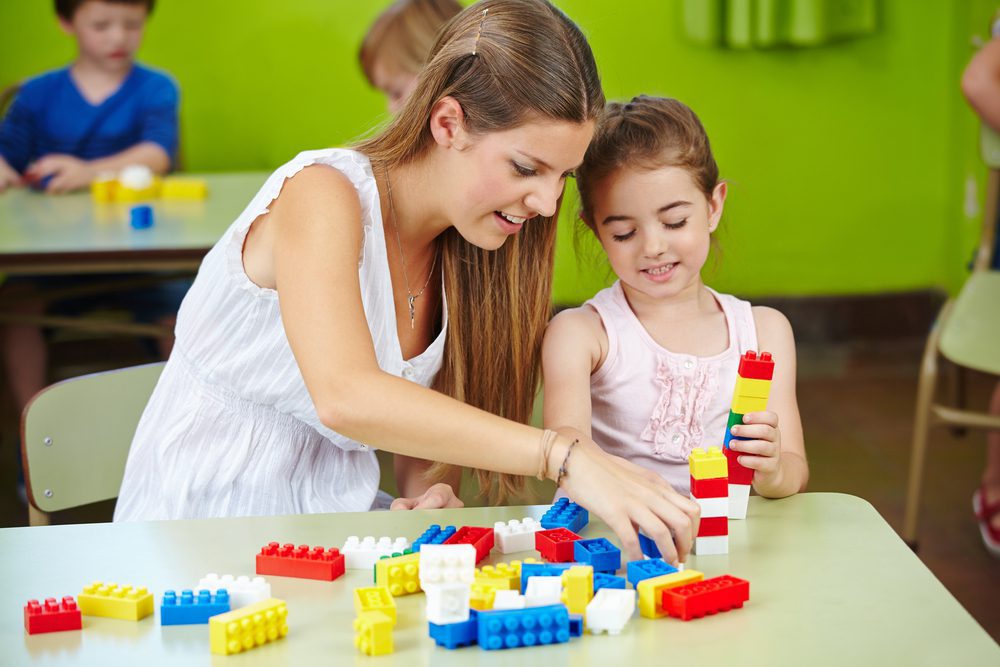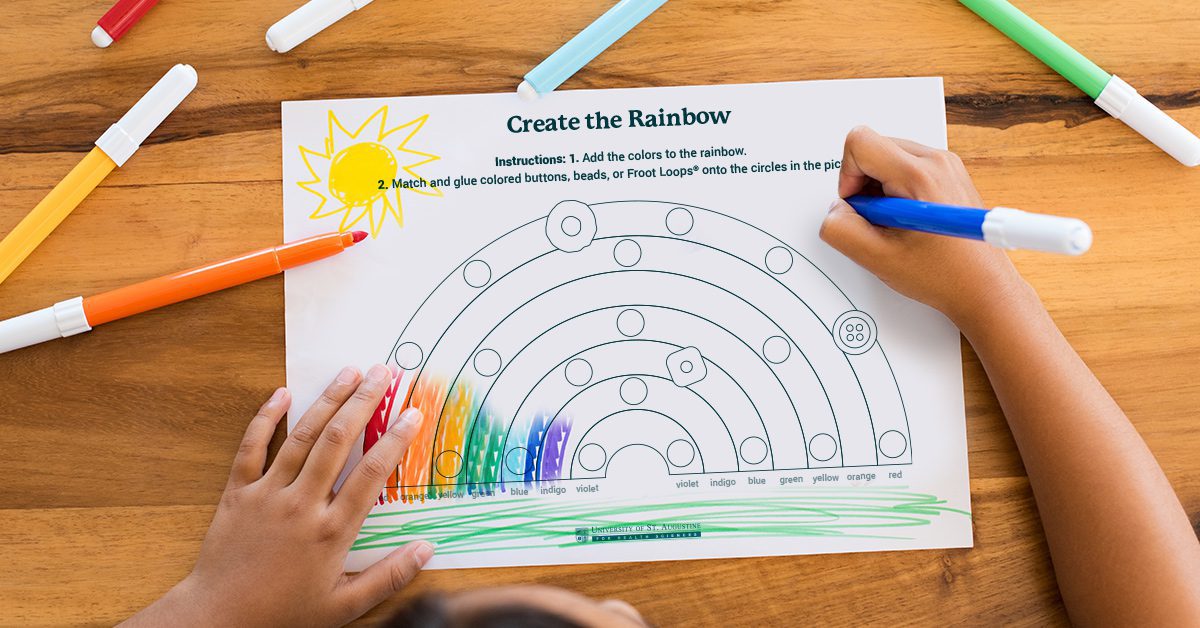
Your Guide To Developing Motor Skills In Toddlers
Children develop motor skills at different pace. Motor skills develop with more movement and practice of actions. Young children who have difficulty developing their fine motor skills may have difficulty performing essential tasks such as grasping utensils (writing tools such as pencils), moving objects with their fingertips, and using tools such as scissors. It may also be difficult for them to learn how to tie their shoes. In this article, we go through the best tips for developing motor skills in toddlers
What are fine motor skills?
The small muscles in our hands, wrists, fingers, feet, and toes are utilized in the performance of tasks requiring fine motor skills. Your child’s brain needs to be able to coordinate between the action and what they are seeing in order for them to develop their fine motor skills, which involve the movement of small muscles. A lack of fine motor skills can make it difficult to do things like eat with a fork or write with a pencil.
When a child uses the smaller muscles in their hands, wrists, fingers, feet, and toes, they begin to develop fine motor skills. Activities such as grasping, holding, pressing, and using a pincer grip are all great ways to develop those muscles (holding something between the fore-finger and thumb).
The development of fine motor skills is of utmost significance for young children of the preschool, kindergarten, and early elementary school age ranges. That’s why we have, activities with tongs, chopsticks and threading beads and pasta.
Why are fine motor skills important?
Everyday tasks like buttoning a shirt, using utensils to eat, tying shoelaces, cutting with scissors, and writing all require a level of dexterity and control that comes from having developed fine motor skills. Because adults use their fine motor skills so frequently in their daily lives, it is easy for us to be unaware that the activity we are performing calls for a particular skill set and the use of particular muscles.
It is possible for a young child’s academic performance, self-confidence, and ability to develop skills in areas such as self-care and independence to be negatively impacted if they are unable to complete the tasks of daily routine.
Tips for developing motor skills in toddlers
- Play-dough and putty
As part of the sensory component of playtime, play dough and putty are frequently used as an activity. Additionally, they can assist in the development of a child’s fine motor skills. Encourage your child to make “snakes” or “worms” out of the play clay by squeezing, stretching, pinching, and rolling it. You can even give your child the task of cutting the play dough with scissors to see how they do.
- Painting
Your child’s hand-eye coordination and manual dexterity can be helped to improve by exposing them to a variety of painting techniques. Children are allowed to use their hands and get their hands dirty when they participate in activities such as finger painting. Kids can develop better control over a tool by learning how to hold and use a brush through the process of painting with a brush. If your child is into crafts, check out our extensive list of fun and crafty activities to help your child reach their best potential.
- Playing with sponges
The only things you will need for this next activity to hone your fine motor skills are two bowls, some water, and a fresh and clean sponge. One of the bowls should be filled with water, and the other should be left empty. Your child can wet the sponge in the water and then squeeze it into the other bowl after it has drained. Playing this straightforward game can help build strength in the hands and forearms. You can also do a “Wet-Dry-Try” multisensory handwriting activity if you cut off a cube of the sponge and have a small chalkboard and some chalk. This activity requires all three senses to be engaged.
- Rice races
Separate a handful of raw rice into two separate plastic bowls, and keep the third bowl on hand that is empty. Small tweezers made of plastic should be given to your child, and you should also get a pair for yourself. After that, have a competition to see who can move their rice into the empty bowl using the tweezers first. If you notice that your child is having difficulty eating rice because the grains are too small, you might try starting them off with O-shaped cereal or pony beads.
- Water play
Pour water into a cup until it is about a quarter full. Give your child an empty cup, an eyedropper, or a syringe that has been cleaned. Give your child the opportunity to practice moving water from one cup to another by first drawing the water into the dropper or syringe and then transferring the water into the other cup either by pouring it or squirting it. You might also consider providing your child with additional cups, colouring the water with food colouring, and conducting this activity as a colour-mixing experiment.
- Gardening and planting
Digging and gardening may appear to be activities that are better suited to developing gross motor skills; however, there are aspects of both of these activities that require control of smaller muscles as well. For instance, transferring seedlings into a garden requires hand-eye coordination skills so that the younger plant can be carried carefully to its new location in the garden. In order to dig, your child will also need to have the ability to grasp a trowel, and they will need to be able to pick up seeds with a pincer grasp.
- Build with blocks and Lego
Using blocks and Legos, you can stack, connect, and construct things together. These exercises promote the development of more refined pushing and pulling movements. Additionally, playing with Legos is an excellent way to stimulate creative thinking. The fine motor skills of your child can be effectively worked on and developed through the use of LEGO as a building medium. Children will develop stronger muscles in their hands and better hand-eye coordination as they build with LEGO bricks and even as they pick up individual bricks. This will also help them improve in other areas of development, such as writing skills.
Playing with Legos is a great way for children to develop a variety of skills, including perseverance, a sense of accomplishment, and an enhanced capacity to solve puzzles.
Have any questions regarding the topic “Tips for developing motor skills in toddlers” feel free to comment below.



[…] to run, jump, climb and explore freely. This active, self-directed play helps build significant motor skills like coordination, balance, strength and flexibility. Being outdoors also connects children to […]